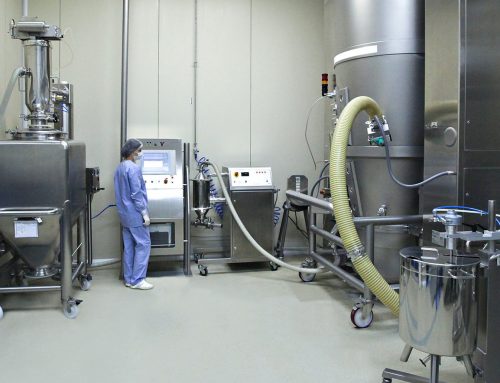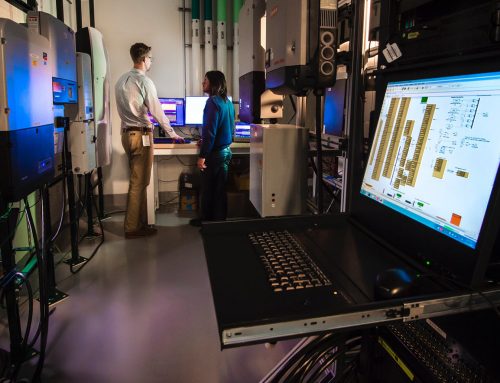Residential, office, and public utility buildings protected from the negative effects of impact sounds and vibrations.
The research project is a response to the need for ensuring comfort in residential, office, and public utility buildings concerning both impact sound acoustics and vibrations originating from both internal and external sources, particularly in urban areas due to the increasing intensity of construction near transportation routes. A common solution to mitigate noise from impact sounds or vibrations transmitting from lower to upper floors in buildings is a floor system that provides both acoustic and vibration insulation while retaining the functional characteristics of a regular floor, such as ease of installation and appropriate stiffness.
The project aims to develop new technologies for vibroacoustic floor isolation. Innovative floors will protect building occupants from internal noise and environmental vibrations. The focus of the acoustic protection aspect will mainly be on safeguarding against impact sounds, but experimental verification will also be conducted for protection against noise generated by floors in service facilities like fitness clubs that may transmit sound to higher floors. The solutions developed in the project aim to ensure the necessary vibrational comfort for people inside buildings. The project will utilize vibroisolating mats, which are made from recycled materials, such as mat offcuts and rubber granules. This approach will also provide competition to existing elastified styrofoams or mineral wools on the market, as the materials will be environmentally friendly. The reuse of recycled materials will have a positive impact on the natural environment and contribute to improving the company’s image as an environmentally friendly construction firm.
The planned outcome is to develop at least two types of floors: those installed on reinforced concrete and wooden ceilings. The choice of these ceiling types is driven by their prevalence in the construction industry. Reinforced concrete ceilings dominate modern construction, while wooden ceilings are predominant in older buildings located in city centers. Depending on the type of ceiling, a floor variant with application guidelines will be proposed.
The project, undertaken by the Krakow University of Technology and TINES, will last for 35 months. During its duration, laboratory tests of TINES® vibroisolating materials will be conducted to develop a finished product, which will be vibroacoustic isolation floor systems.
Read also
Comprehensive construction solutions and ballastless track systems for railways, ensuring effective vibroacoustic insulation and a guarantee of durability for mainline tracks, engineering structures (bridges, viaducts, tunnels, and rail-road crossings).
A comprehensive offer of durable materials for the construction of tram tracks, allowing to reduce the level of vibrations and noise in the vicinity of the route.









